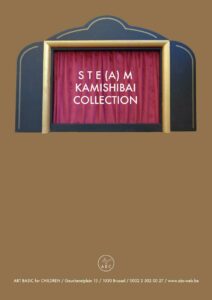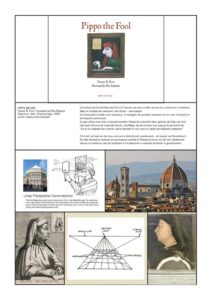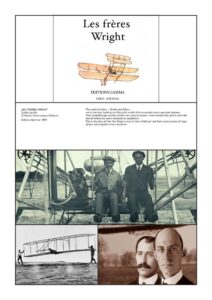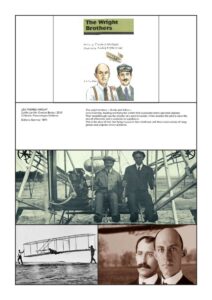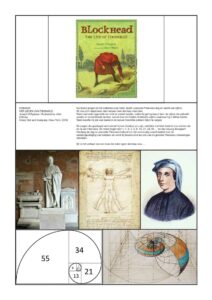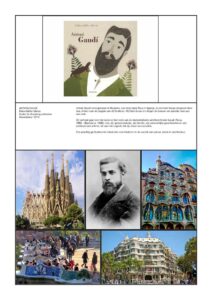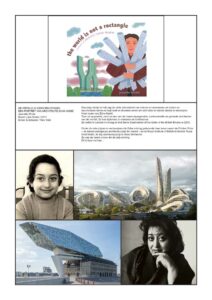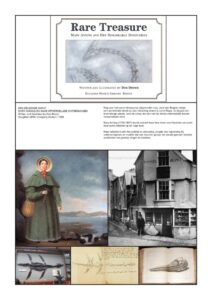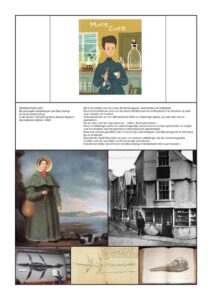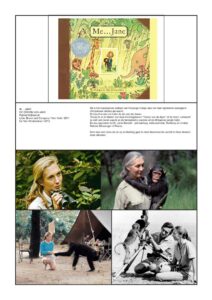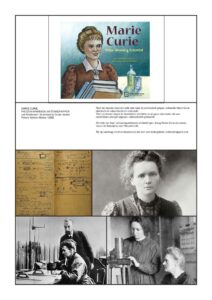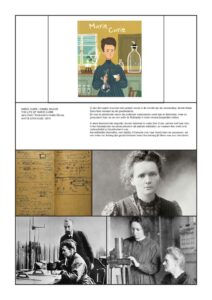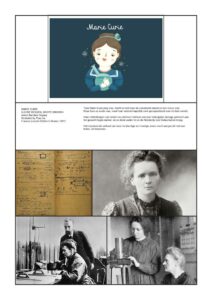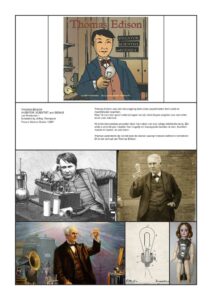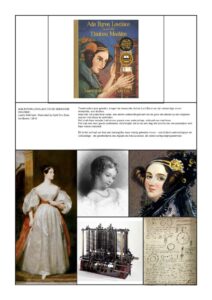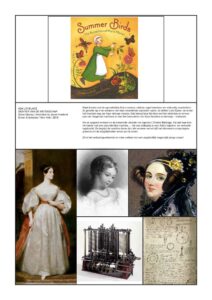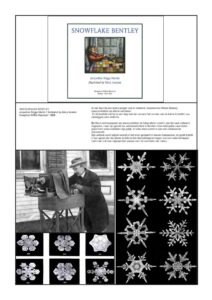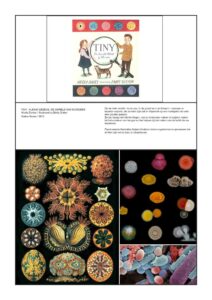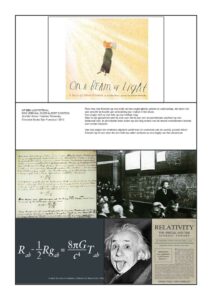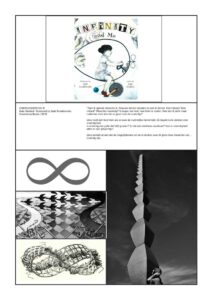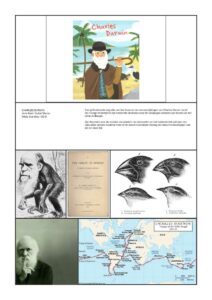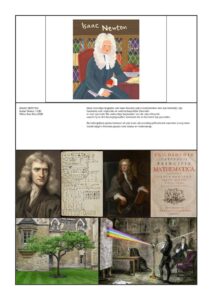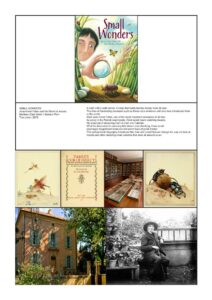ABC KAMISHIBAI STEAM STORYTELLING COLLECTION
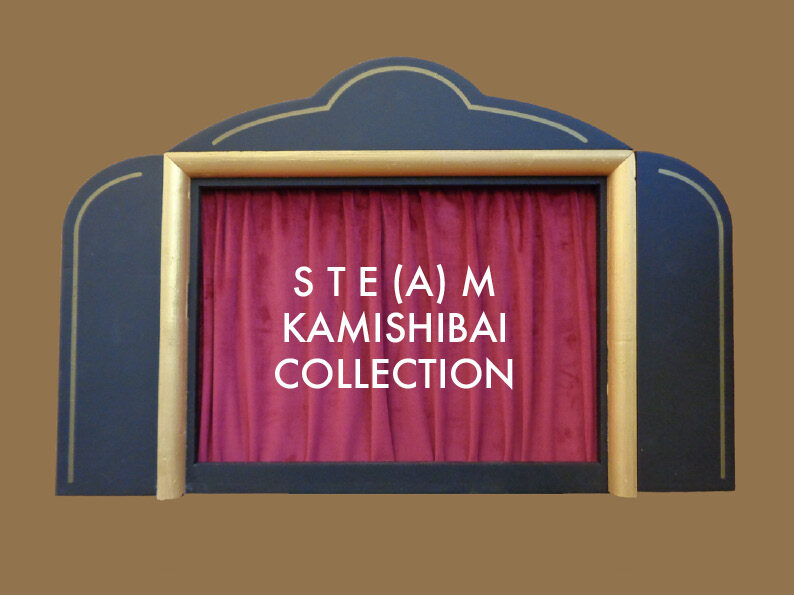
25 different picture-biography-stories translated in Dutch can be leaned out at ABC with accompanying materials on personal choice. The themes cover a wide range of science subjects like mathematics, technology, nature study, microbiology, physic, chemistry and architecture. The collection includes stories from Galileo Galilei, Isaac Newton, Ibn Sina, Charles Darwin, Marie Curie, Thomas Edison, Ada Byron Lovelace, Mary Anning, Maria Sibylla Merian, the Wright brothers, Albert Einstein, Wilson Bentley, Fibonacci, Filippo Brunelleschi, Antoni Gaudi, Zaha Hadid and Jane Goodall.
Telling this stories complementary to teaching science in school lessons or workshops gives young students the opportunity to get insights into the lives and work of important science personalities, to connect with their passion and hunger of knowledge and to be in this way more interested in the content of the teaching subjects.
“Bring Art and Science back together, it was a time when the same people wrote poetry and build bridges.” Eric Schmidt
Download the kamishibai catalogueSCIENCE, TECHNOLOGY, ENGINEERING, ARTS, MATHEMATICS
Some general remarks about STEAM
STEAM is an interdisciplinary approach to education that integrates and connects different aspects of more than one academic discipline.
At first glance, it seems like STEAM is the same as STEM, just with an added letter. But just adding Arts and Crafts to a project or making the project “look pretty” doesn’t make it a STEAM lesson. You have to integrate the Arts into the lessons so students can see how each relevant discipline connects and works together. That means students must first learn and explore different art techniques, artists, and composers, and then apply what they learn by creating, performing, presenting, and more.
The interplay between Art and Science is exposing students to these disciplines holistically and shows them how to learn, how to questions, how to experiment and how to create. They are able to exercise both sides of their brain at once and to develop the famous 4Cs, the education needs of the 21st century known as creativity, collaboration, critical thinking, and communication.
Progress does not come from technology alone but from the melding of technology and creative thinking through Art and Design.
By combining the mind of a scientist or technologist with that of an artist or designer and by making connections across each discipline in project-based learning, STEAM aims to spark an interest and lifelong love of the Arts and Science in children from an early age.
In this way they become increasingly curious about the world around them and feel empowered to change it for the better.
(Sources: “Why STEAM is so important to 21st century education” / XQ blog / ABC collection)
